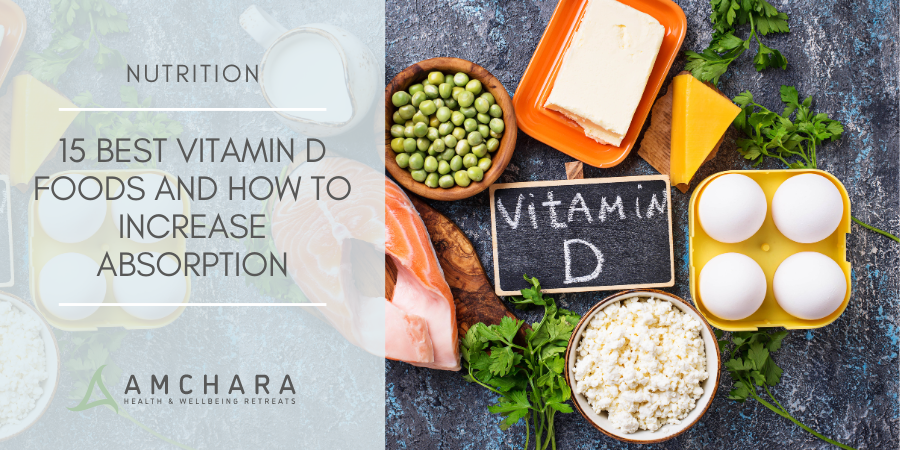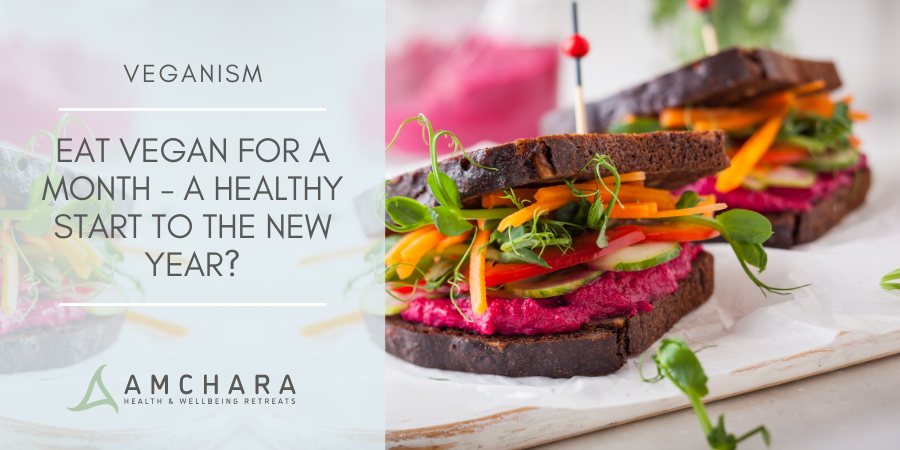Topics Covered in this article:
Eating a rainbow is a good guide when it comes to fruit and veg. Making sure you eat a variety of different colours every day will boost your intake of different vitamins and nutrients, including Vitamin C, potassium and folate, as well as providing an excellent source of dietary fibre.
Polyphenols are micronutrients found in plant compounds. Rich in antioxidants, they support diverse aspects of health including weight management, diabetes and digestion issues. The amount of polyphenols in fruit and vegetables varies significantly, depending in part on where it has been grown, how far it has been transported and how old it is, as well as how ripe it is and how it is prepared or cooked.
We’re dedicated to providing you with both insightful information and evidence-based content, all orientated towards the Personalised Health approach. In this article we are focusing on vegetables that are abundant in the summer in the UK.
Buying local and seasonal produce will ensure you are gaining the maximum goodness from fresh veggies, as well as minimising your impact on the planet, and your overall carbon footprint.
1. Courgettes
Rich in Vitamin C, Vitamin A, folate, potassium, fibre and antioxidant carotenes, courgettes can help protect your cardiovascular health, lower cholesterol and reduce high blood pressure. The antioxidants in courgettes can also help to protect your skin. Useful in terms of weight management as courgettes contain very few calories and have a high water content, as well as containing soluble fibre, which slows down digestion, stabilising blood sugar and insulin levels.
2. Mangetout
As a type of pea, mangetout are a good source of plant-based protein – so a useful addition for vegetarians as well as those aiming to increase their protein or potassium intake. They are also rich in Vitamin C, which is helpful in fighting infection, as well as building collagen for healthy skin and hair. As well as these benefits, there is also evidence that mangetout could potentially promote enhanced brain health. Several of its components, namely potassium, folate and various antioxidants, are known already to have neurological benefits. Folate, specifically, has been shown to reduce the occurrence of Alzheimer’s disease.
3. Spring onions
Spring onions contain antioxidants, which help prevent damage of DNA and cellular tissue, as well as Vitamin C, which can help lower cholesterol levels, in turn reducing the risk of heart disease. The sulphur compounds present in spring onions can also reduce the risk of coronary heart disease. Carotenoids such as lutein and zeaxanthin (one of the most common carotenoids), which provide the colour for many vegetables, are also found in spring onions – they work as supportive antioxidants which have been shown to exert an eye-protective effect as well as protecting the skin. This green vegetable additionally contains significant levels of Vitamin A, which plays a vital role in maintaining normal vision and keeping your eyes healthy.
4. Tomatoes
Tomatoes, as well as being a useful source of beta-carotene and Vitamins C, E and K, contain lycopene, which is where their bright red colour originates. Lycopene is thought to have antioxidant properties that could help protect against cardiovascular disease, and it has been reported to help lower blood pressure and cholesterol levels. It has also shown to be more easily absorbed in the body when cooked. While the clinical research into lycopene is somewhat limited and in places low quality, including red foods such as tomatoes regularly is a useful addition to healthy eating.
5. Celery
Celery is a reliable source of potassium, fibre and the micronutrient molybdenum, whilst also containing small amounts of Vitamin C, A and some B vitamins. Celery also contains coumarins, plant chemicals thought to enhance the activity of white blood cells. Studies have shown coumarins can lower your blood pressure and tone the vascular system. Celery is also thought to lower cholesterol and improve your body’s ability to detoxify. Celery juice post-exercise is a perfect drink for replacing electrolytes. As celery is almost all water (around 95%), other vitamin and mineral content is relatively low. Nevertheless, celery is one of the best sources of Vitamin K, with around 100 grams containing 30% of the recommended daily intake, according to the University of Michigan.
6. Romaine/cos lettuce
While it may not provide as many nutrients as some other greens, romaine lettuce still provides multiple health benefits, significantly more than some other lettuces, such as iceberg. For example, it is a source of Vitamin A and Vitamin C – powerful antioxidants that play a key role in maintaining the function of many parts of the body by combatting free radicals which can contribute to the development of chronic health conditions such as cancer and arthritis. Romaine lettuce is similar to other leafy greens in that it is an exceptional source of bone-building Vitamin K. In fact, studies have shown that Vitamin K2 can help boost bone density and prevent osteoporosis, even more effectively than calcium.
7. Spinach
Spinach contains twice as much iron as most other green vegetables. A highly alkalising vegetable, it is useful for maintaining a healthy and balanced body pH. Studies have identified at least 13 different flavonoid compounds in spinach known to have antioxidant and health-protective properties. Spinach also contains two components, MGDG and SQDG, which may help to slow down cancer growth. In one study by the Kobe-Gakuin university in Japan, these compounds helped slow tumour growth in a person’s cervix, as well as decreasing the size of the tumour. Several studies have linked spinach consumption to a reduced risk of prostate cancer, as well as prevention of breast cancer.
8. Broccoli
Broccoli is a cruciferous vegetable, renowned for its ability to boost health because of its high levels of compounds called glucosinolates. One of these compounds, indole-3-carbinol, has been specifically identified for its benefits in potentially inhibiting the growth of both prostate and breast cancer cells. Broccoli also increases your liver’s capacity for detoxification. It may have anti-inflammatory effects, according to a 2018 study, in which 40 overweight people had significantly lower levels of inflammation after eating 30g of broccoli a day for 10 weeks. 100 grams of broccoli provides almost 5% of the average person’s daily requirement of potassium, a mineral which can help protect against cardiovascular disease.
Takeaway
Summer vegetables contain multitudes of vitamins and minerals, with the most common being Vitamins A, C and K, found in a variety of different veggies. With ever-increasing research highlighting potential anti-inflammatory as well as anti-tumour effects, including a diverse range of vegetables of different families and colours is an important way to improve your health.
Juicing is a great way of boosting your veggie intake – juicing vegetables means that the pure goodness of the vegetables is easily absorbed by the body and all the beneficial nutrients are readily available to be utilised by the body. You can enjoy juice fasting at home or as part of your experience at an Amchara health retreat programme.
Investing in a detox health retreat is a great way to kickstart your health journey, boosting your overall health.
Our Personalised Health approach will help you, by taking into account your individual health status, needs and goals, and tailoring an approach accordingly to maximise the health benefits for you. Our mission is to help you ‘Change for Good’.
Or if it’s difficult to find time to get away, try Amchara Juicery – cold-pressed, nutritious juices delivered to your door to help you boost your health, naturally. Created by Amchara’s expert in-house health team, you can enjoy a range of fresh, organic juice cleanses (and super soups) at home.
What are your favourite summer veggies?
Let us know, we’d love to hear from you.
Articles you might be interested in:




